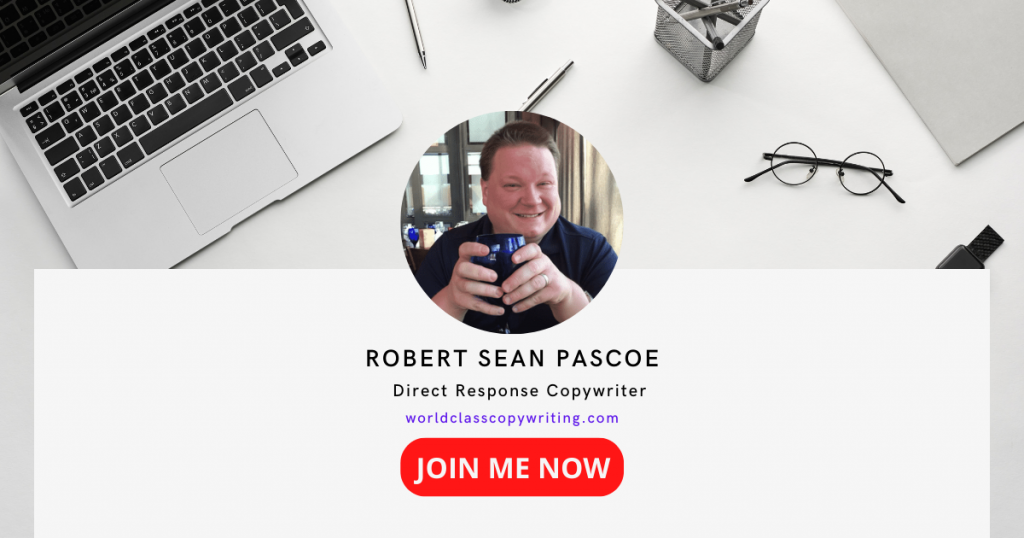Imagine it’s the early ’80s. You’re entranced by a small, colorful plastic puzzle – the Rubik’s Cube – an obsession and a global phenomenon.
Just like this intriguing cube, copywriting is a complex puzzle, demanding strategy, patience, and creativity.
Let’s decipher this enigma.
Know Your Audience
Solving a Rubik’s Cube begins with understanding it. Similarly, effective copywriting starts with knowing your audience. This process involves examining their deep desires, fears, and motivations.
The objective is to genuinely offer solutions to their problems.
Create audience personas to understand their psychographics, and guide them towards your product or service as their solution.
Craft a Compelling Message
Next, create a message that resonates with your audience. Use an engaging narrative that blends facts, emotions, and storytelling.
Highlight benefits over features and make your copy relatable. Connect your offering to their goals, helping bridge the gap between their present and their desired future.
Master Persuasion Techniques
Persuasion is what distinguishes good copy from exceptional. It’s not about coercion; it’s about subtle influence.
Leverage psychological principles like Robert Cialdini’s Principles of Influence or the AIDA model.
Your copy should speak to both the heart and the mind of your audience, guiding them gently towards action.
Keep Copy Clear and Concise
Good copywriting prioritizes clear, concise communication. Eliminate fluff and jargon; make it conversational and engaging.
Adopt proper formatting: use short paragraphs, bullet points, and subheadings for easier readability.
Deliver Value and Build Trust
Your copy should provide value, offering useful information and solutions. Consistently delivering value builds trust, a vital currency in sales.
Be empathetic, honest, and transparent, positioning your product as a valuable tool to overcome challenges.
You’re not just selling a product; you’re building a relationship.
Create a Strong Call-to-Action
Finally, your call-to-action (CTA) is the culmination of your copy. It should be clear, direct, and incite urgency. Ensure your CTA aligns with your sales objective, guiding your audience towards your goal.
Cracking the Rubik’s Cube of copywriting may seem daunting, but understanding these six facets equips you to master the craft.
Just like solving the Rubik’s Cube, success in copywriting demands time, study, and a clear understanding of the puzzle.
Ready to unlock the cube? Join my VIP Email List for an exciting journey packed with exclusive copywriting tips, insider tricks, and unique offers. Plus, you’ll get my Ebook – Seven Figure Headline Writing Secrets Revealed. It’s your step-by-step system for crafting powerful headlines that make your audience drop everything and read your message.
About Robert Sean Pascoe
Robert Sean Pascoe is a seasoned freelance copywriter who has been unraveling the Rubik’s Cube of copywriting for over seven years. While Robert’s schedule is often booked weeks in advance due to high demand, he’s always on the lookout for the perfect new clients to collaborate with.
Robert brings a unique blend of salesmanship, psychology, and writing prowess to each project, creating compelling copy that resonates with audiences and drives sales. In addition to his copywriting services, he also offers coaching sessions for entrepreneurs and aspiring copywriters who want to master the art of copywriting or strategize over their business and marketing concerns.
With Robert, you’re not just getting a copywriter. You’re getting a partner who is committed to your business’s success and who will work tirelessly to help you solve your copywriting puzzles. Want to work with Robert? Click here to get in touch today!





